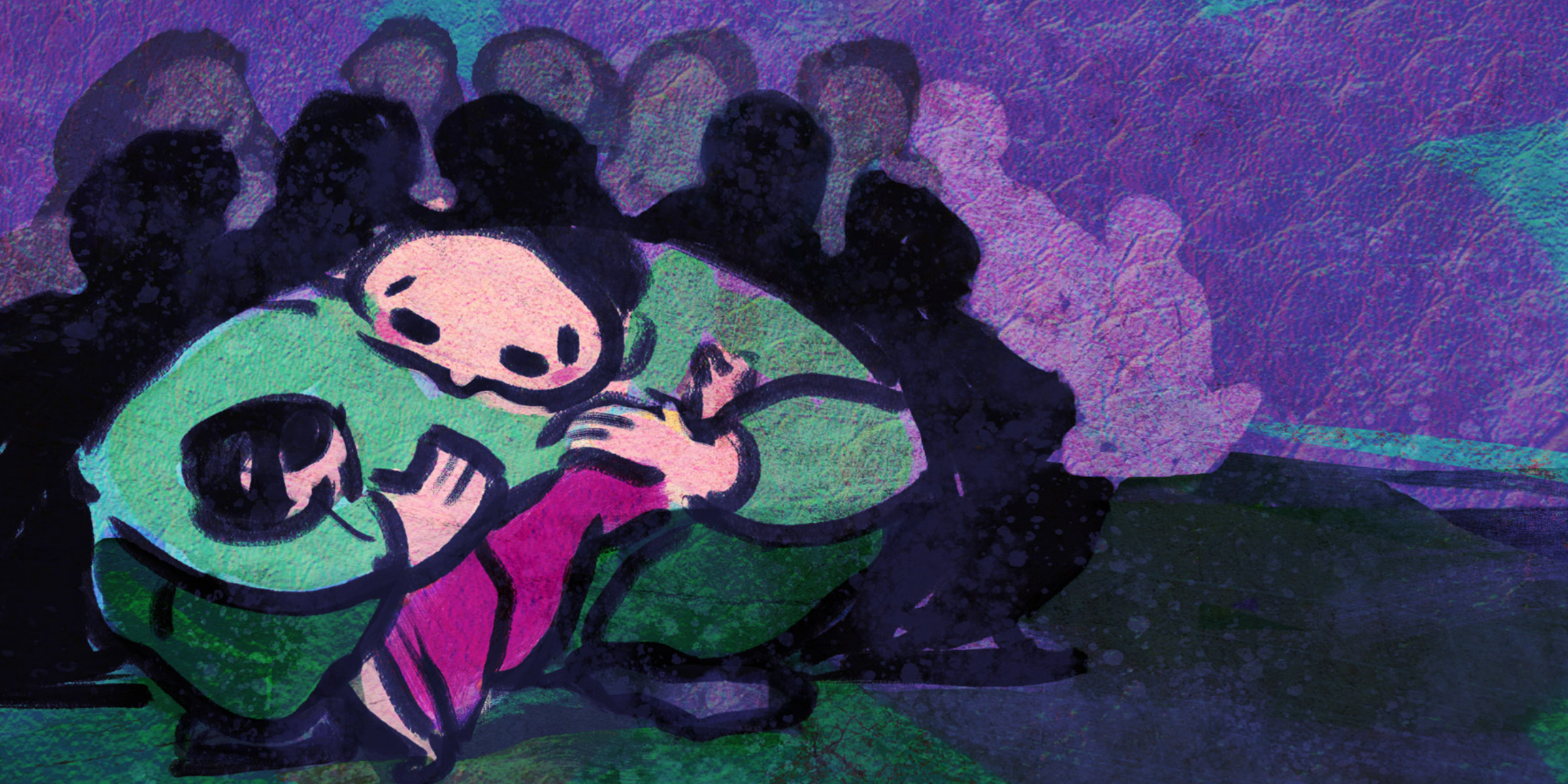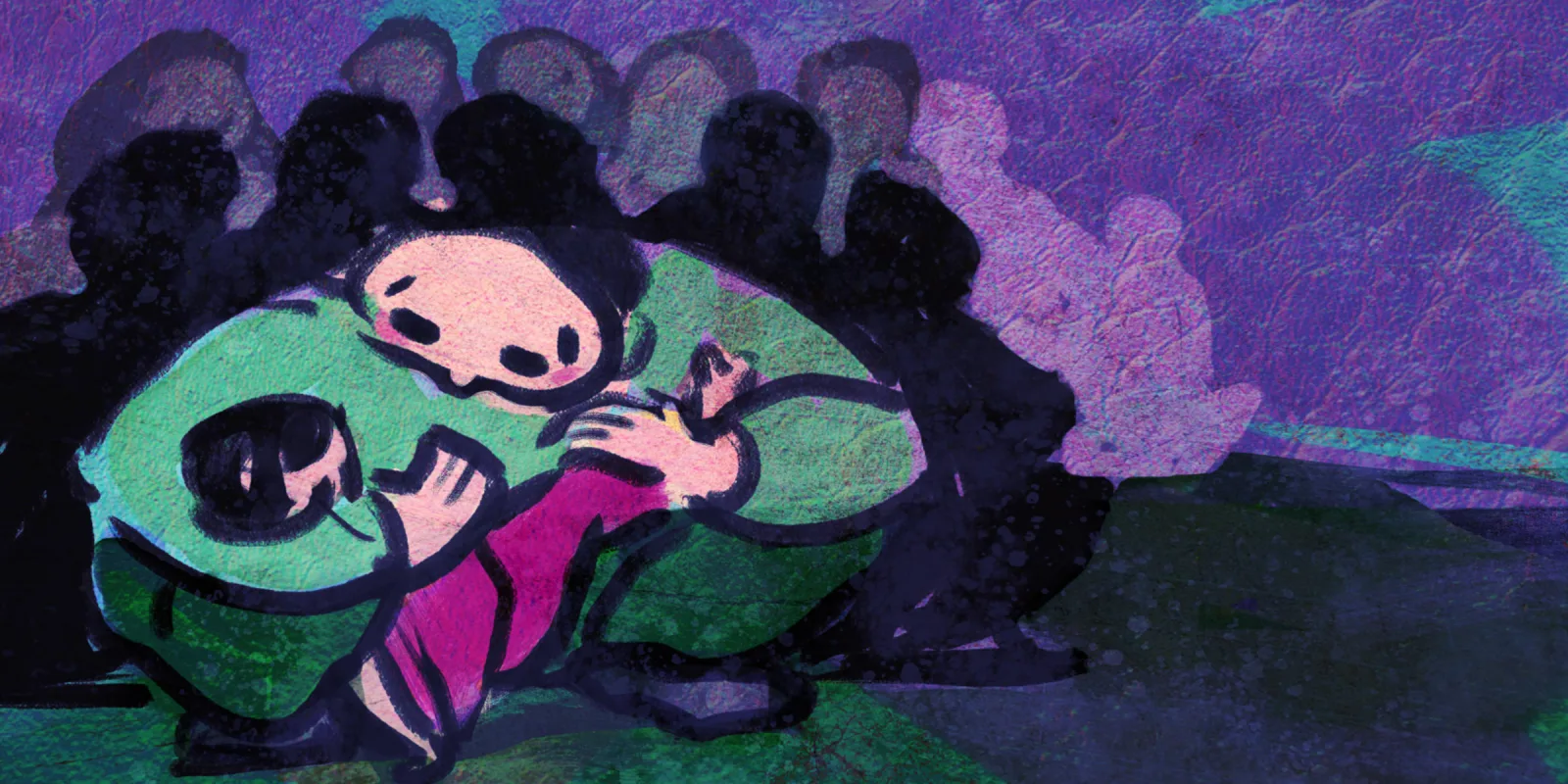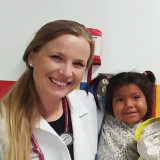
Tonight I cried as I reached into my daughter Lucy's closet to select a pink dress and hair bow to clothe a beautiful Tarahumara girl who died in our ED. The little girl was flown in from a remote village by our missionary pilot. She had suffered four weeks of diarrhea, arriving severely dehydrated and nearly unconscious. As I held her frail leg to insert an intraosseous needle, I was struck by her degree of muscle wasting from chronic malnutrition. Despite multiple rounds of CPR, and our staff's best efforts at resuscitating her, she passed away.
Through her tears, the girl's mother carefully laid out pink plastic flowers, a mug of coffee, and a piece of bread to strengthen her baby's spirit on her journey, in accordance with Tarahumara custom. We sat on the floor with the mother as she grieved. Though it was a heartbreaking moment, I felt thankful she was supported by the quiet and caring presence of our medical staff.
For the past year, I’ve served as a pediatrician alongside my husband, a general surgeon, at a rural mission hospital in Mexico’s Copper Canyon. Deep in the heart of the canyon live the Tarahumara, a native group of approximately 100,000 people. The Tarahumara are a remarkable community renowned for their long-distance running abilities, kicking a wooden ball through cliffs and valleys for up to 200 miles in one session. They have endured centuries of political oppression, famine, drought, and recent cartel violence, all while maintaining a virtually unchanged culture.
Sadly, there is immense suffering due to preventable illnesses, with up to 50% of children dying before age five due to malnutrition and infectious diseases (1).This little girl's passing marks the sixth pediatric death in our region in the past week. Three of the children who died in their villages didn't have names or birth certificates. Tarahumara babies are often born at home and not named in the first year of life as chances of survival in remote areas are low.
Malnutrition among the Tarahumara is a complex issue stemming from food scarcity, educational gaps, and cultural beliefs and practices that have persisted for generations. Many Tarahumara children I care for only eat one meal per day, or about 300 kcal/day. A key focus of our work in Mexico is equipping parents with the knowledge and resources to reverse the cycle of malnutrition in their communities.
Our efforts are making a difference. I recently cared for a severely malnourished Tarahumara girl from a rural community. At one year of age, she weighed only seven pounds, less than her two-month-old sister. Out in the canyon, all their family had to eat was watered-down cornmeal. Her thin body was swallowed up in an infant hospital gown and the majority of her hair had fallen out. Due to kwashiorkor, her facial features were distorted by edema, her body was covered in open sores, and she could no longer walk. We began the tedious process of mixing specialized formula and spoon feeding her every three hours around the clock. Despite our lack of support staff, difficulties in running our own labs, and fluctuating hospital power supply, we pressed on. What a difference two weeks of treatment made! The little girl slowly regained her strength and was able to play with her siblings again. Her beautiful facial features began to emerge as the edema resolved. All the time and energy we’d poured into this process was well worth it.
Since embarking on this journey one year ago, we’ve acquired many new skills that we never learned in our medical training. We’ve found ourselves researching how to treat infected donkey bites and wounds inflicted by tigers. We’ve struggled at 3 a.m. to mix IV fluids and learned via trial and error how to run our own labs and X-rays. But more important than the medical knowledge that we’ve gained, we’ve been reminded time and again of what’s truly important in our service as physicians.
Tonight as I clothed the frail body of my deceased patient in my daughter’s pink dress, I was reminded of this truth, expressed perfectly by Mother Teresa:
"At the end of life we will not be judged by how many diplomas we have received, how much money we have made, how many great things we have done. We will be judged by "I was hungry, and you gave me something to eat, I was naked and you clothed me. I was homeless, and you took me in."
References
- Scheper-Hughes, N. (1987). Child survival: anthropological perspectives on the treatment and maltreatment of children. Dordrecht: D. Reidel.
Dr. Bustinza is a general pediatrician serving the indigenous Tarahumara community at a rural mission hospital in Mexico’s Copper Canyon.
Illustration by Jennifer Bogartz







